

“You had to watch out for Estefanía Larraín because she was an eye collector. If she caught someone off guard, she would tap them on the back of the head with one hand, and with the other, she would catch their eyes as they fell off their face like ping-pong balls.
She had no ill intentions. In fact, it was done with a professional purpose, as she studied each eye thoroughly. She would collect them in pairs into jars and then classify them by diameter, color, and texture. Sometimes she even took out her own and tried on the stolen ones in search of new creative stimuli. She was looking for fresh, sharper, more colorful, and keener gazes that she could then put at the service of her films.
She took care of every last detail in her films and would, then, showcase them across town. One day, however, she realized that no one could see them anymore, as everyone had lost their eyes. She tried to return some of them, but the city's anger was so great that even groping in darkness, they managed to find her. They wrapped her in the very celluloid of her films and incinerated her as if she were a witch: Estefanía Larraín, the sight-stealer.”
“Había que cuidarse de Estefanía Larraín, pues era una coleccionista de ojos. Si encontraba a alguien desprevenido; con una mano le daba un pequeño golpecito en la nuca y, con la otra, atrapaba los ojos, que caían del rostro como pelotas de ping-pong.
No tenía malas intenciones. Es más, lo hacía con un objetivo profesional, pues estudiaba cada ojo minuciosamente. Los agrupaba de a pares en frascos y, luego, los clasificaba por diámetro, color y textura. A veces, incluso, se sacaba los propios y se probaba los robados buscando nuevos estímulos creativos. Buscaba nuevas miradas, más nítidas, más coloridas y más agudas, para luego ponerlas al servicio de sus películas.
Ella misma se preocupaba de cada detalle en sus filmes para, después, exhibirlos a toda la ciudad. Un día, sin embargo, se percató de que ya no había nadie para verlas, pues todos habían perdido sus ojos. Intentó devolver algunos, pero la cólera de la ciudad era tan grande que, aún tanteando en la oscuridad, lograron dar con ella. La envolvieron con el mismo celuloide de sus películas y la incineraron como si se tratara de una bruja: Estefanía Larraín, la ladrona de miradas.”
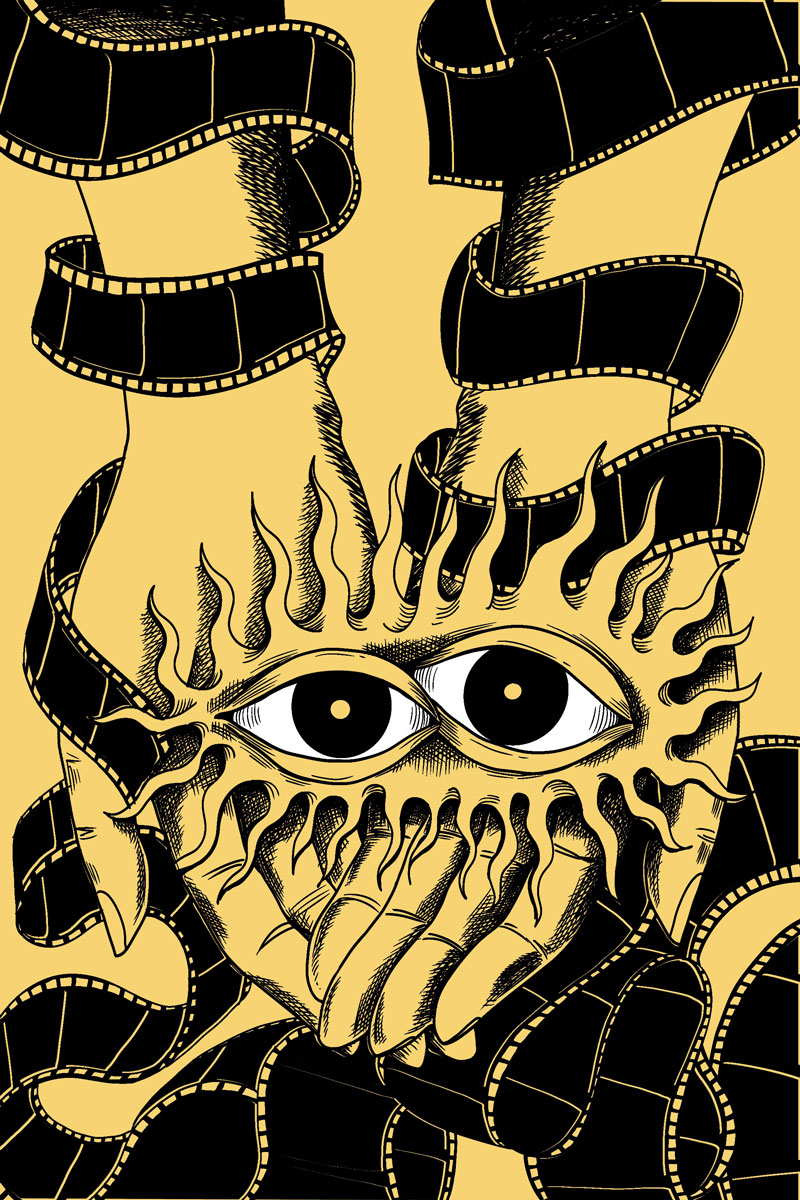
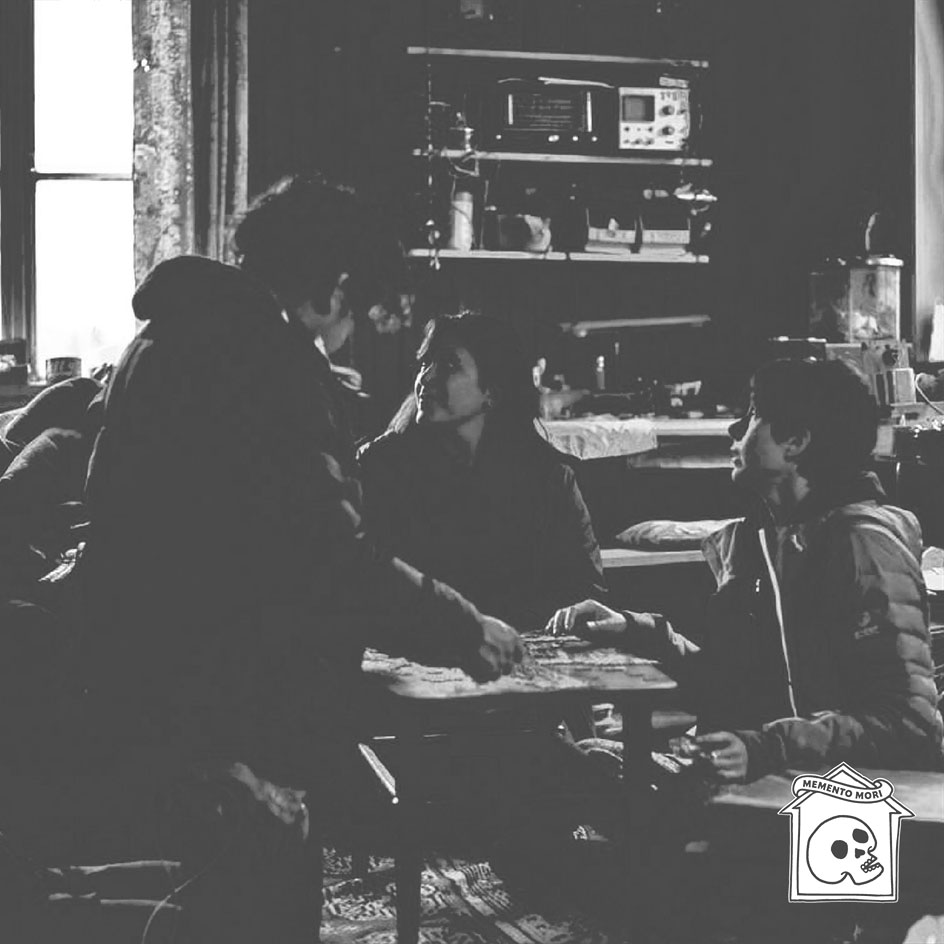
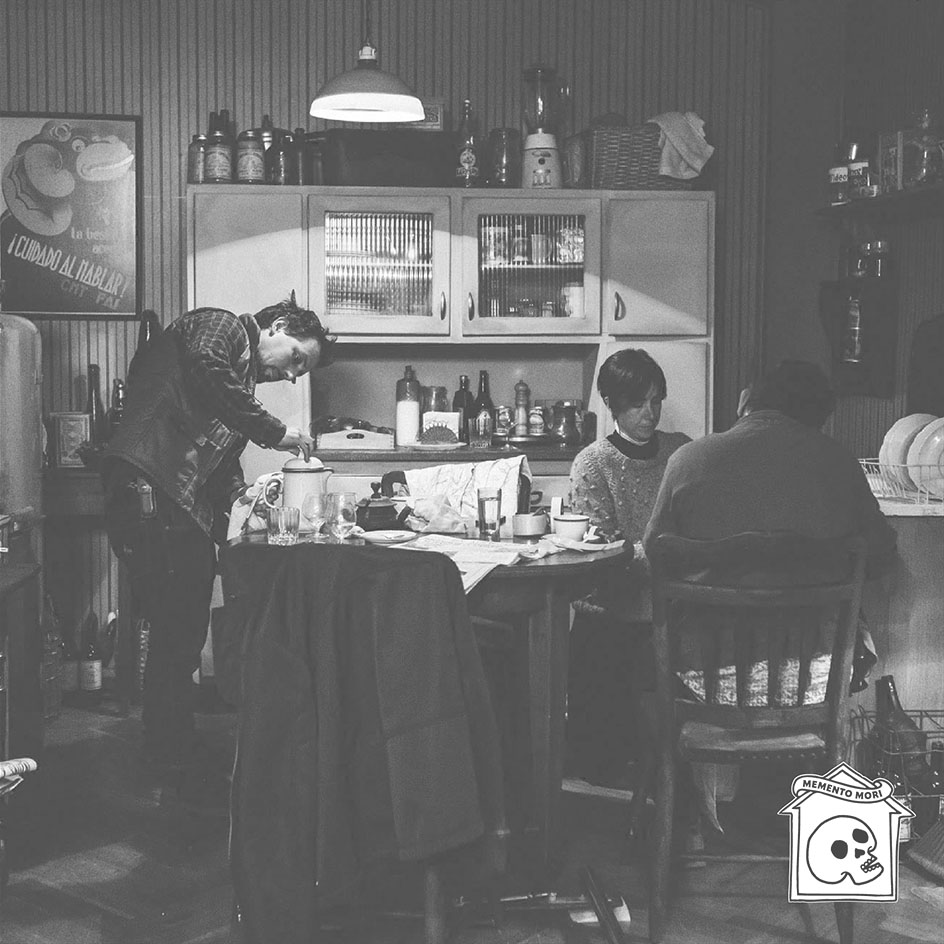
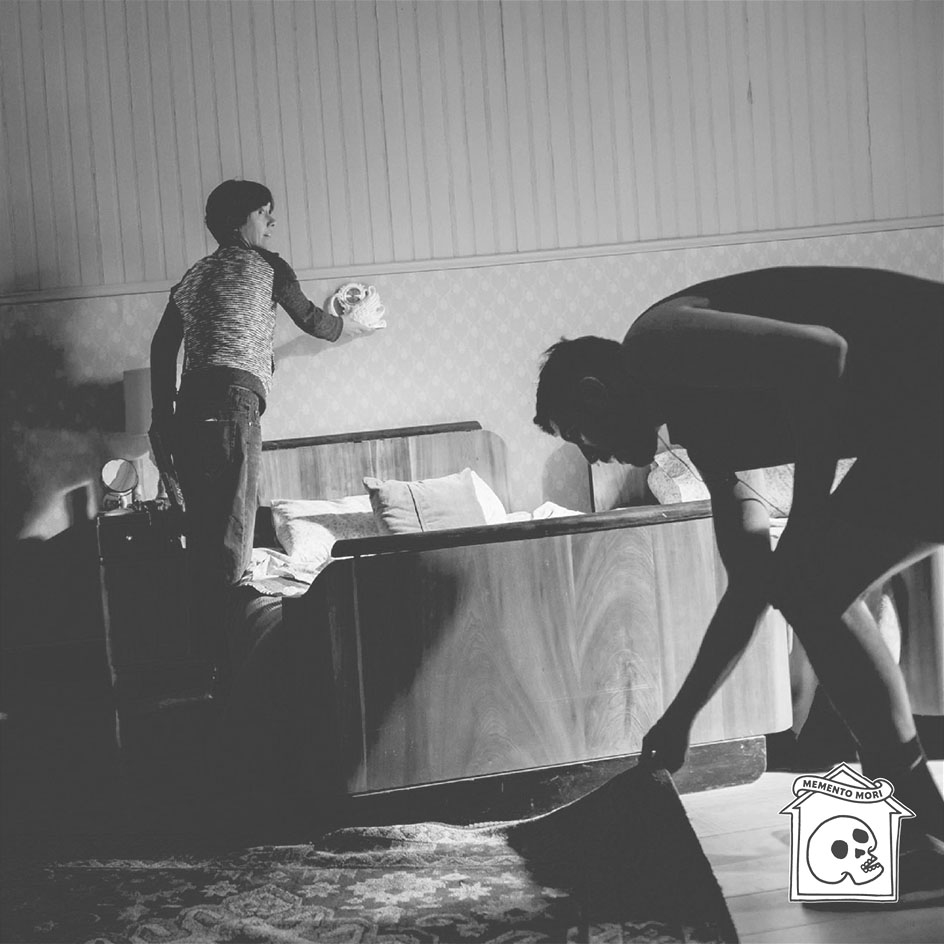



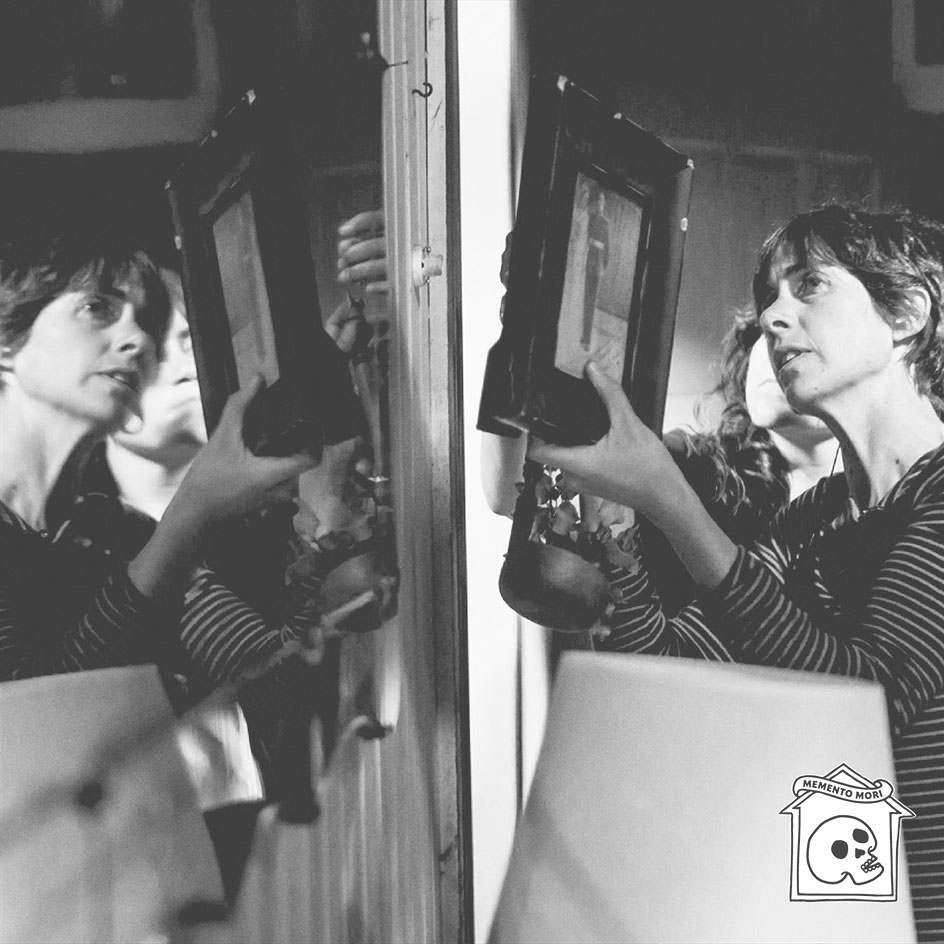
Estefanía Larraín was an outstanding Stage Designer and Art Director. She studied Theater Design at the University of Chile and later Art Direction at the International School of Film and TV in San Antonio de Los Baños, Cuba.
During her lifetime, she participated in the art direction -or as production director- of relevant films, including "La Buena Vida" by Andrés Wood; "Una Mujer Fantástica" by Sebastián Lelio; "Nadie sabe que estoy aquí" by Gaspar Antillo; "El Club", "No", "Ema" and "Neruda" by Pablo Larrain. For the latter, she received the Fénix Award and the Coral de La Habana Award for Best Production Design. During her career in Theater, she designed the costumes for the play "Prat" by Manuela Infante; and created the overall design for the plays "Cerca de Moscú" and "La mantis religiosa", under the direction of Paulina García.
She used to mention "the real world" as the source of her inspiration. Larraín defined herself as a voyeur of the real. She always paid attention to every element that made up this world, as she believed that the design and history of her creations could be found in fairly small things, such as a crumpled photo, a frayed cable or a ragged T-shirt.
Professionally, she is remembered as rigorous, studious and committed to the projects at her command. From the moment she began to design, communication was key and crucial, and she always started working from solid ideas.
Estefanía Larraín fue una destacada Diseñadora Escénica y Directora de Arte. Estudió Diseño Teatral en la Universidad de Chile y luego Dirección de Arte en la Escuela Internacional de Cine y TV en San Antonio de Los Baños, Cuba.
En vida, participó en la dirección de arte -o también dirección de producción- de relevantes películas, entre ellas "La Buena Vida" de Andrés Wood; "Una Mujer Fantástica" de Sebastián Lelio; “Nadie sabe que estoy aquí” de Gaspar Antillo; "El Club", "No", “Ema” y “Neruda" de Pablo Larrain. Con esta última obtuvo el Premio Fénix y el Premio Coral de La Habana a Mejor Diseño de Producción. En su carrera en Teatro, diseñó el vestuario de la obra “Prat” de Manuela Infante; y creó el diseño integral de las obras “Cerca de Moscú” y “La mantis religiosa”, dirigidas por Paulina García.
Solía mencionar “el mundo real” como fuente de sus referencias.Larraín se definía como una voyerista de lo real. Siempre ponía atención a todos los elementos que formaban parte de este mundo, ya que creía que el diseño e historia de sus creaciones se encontraba en cosas bastante pequeñas, como por ejemplo una foto arrugada, un cable pelado o una polera gastada.
Profesionalmente se le recuerda rigurosa, estudiosa y comprometida con los proyectos que trabajaba. Al momento de comenzar a diseñar, algo muy clave y relevante para ella era la comunicación y partir siempre trabajando desde ideas concretas.